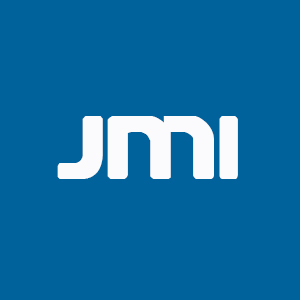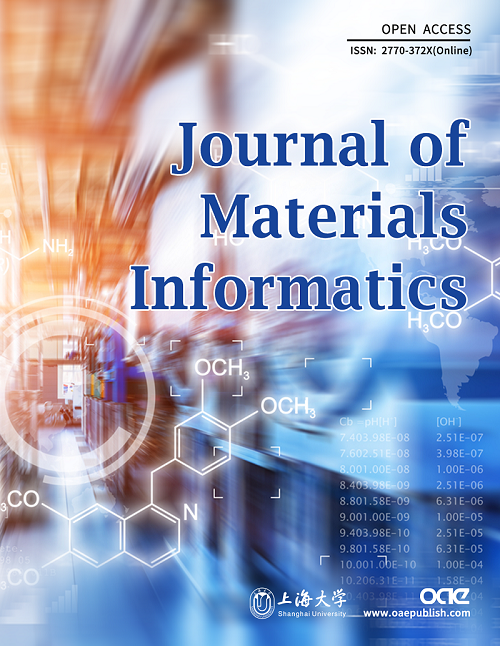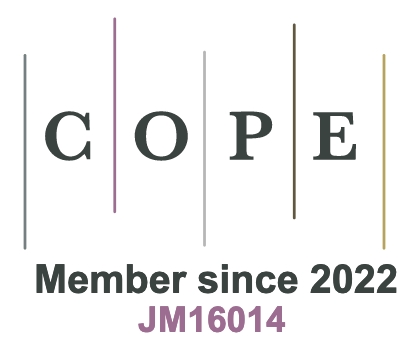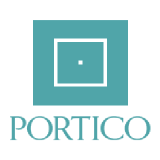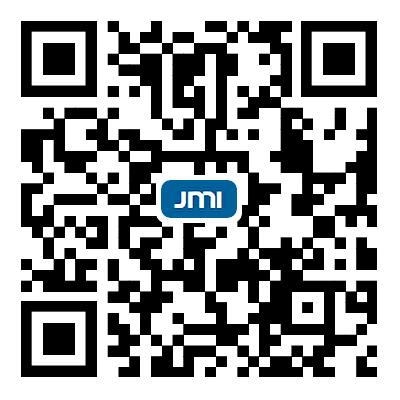REFERENCES
1. Vogt, C.; Weckhuysen, B. M. The concept of active site in heterogeneous catalysis. Nat. Rev. Chem. 2022, 6, 89-111.
2. Friend, C. M.; Xu, B. Heterogeneous catalysis: a central science for a sustainable future. Acc. Chem. Res. 2017, 50, 517-21.
3. Huang, T.; Cong, X.; Wu, S.; et al. Visualizing the structural evolution of individual active sites in MoS2 during electrocatalytic hydrogen evolution reaction. Nat. Catal. 2024, 7, 646-54.
4. Nørskov, J. K.; Studt, F.; Abild-Pedersen, F.; Bligaard, T. Fundamental Concepts in Heterogeneous Catalysis. John Wiley & Sons; 2014.
5. Lai, N. S.; Tew, Y. S.; Zhong, X.; et al. Artificial intelligence (AI) workflow for catalyst design and optimization. Ind. Eng. Chem. Res. 2023, 62, 17835-48.
6. Sharma, U.; Nguyen, A.; Kitchin, J. R.; Ulissi, Z. W.; Janik, M. J. Enumeration of surface site nuclearity and shape in a database of intermetallic low-index surface facets. J. Catal. 2024, 440, 115795.
7. Tran, K.; Ulissi, Z. W. Active learning across intermetallics to guide discovery of electrocatalysts for CO2 reduction and H2 evolution. Nat. Catal. 2018, 1, 696-703.
8. Reveles, J. U.; Köster, A. M. Geometry optimization in density functional methods. J. Comput. Chem. 2004, 25, 1109-16.
9. Ye, J.; Liu, C.; Mei, D.; Ge, Q. Active oxygen vacancy site for methanol synthesis from CO2 hydrogenation on In2O3(110): a DFT study. ACS. Catal. 2013, 3, 1296-306.
10. Liu, Z. P.; Hu, P. General rules for predicting where a catalytic reaction should occur on metal surfaces: a density functional theory study of C-H and C-O bond breaking/making on flat, stepped, and kinked metal surfaces. J. Am. Chem. Soc. 2003, 125, 1958-67.
11. Ko, T. W.; Ong, S. P. Recent advances and outstanding challenges for machine learning interatomic potentials. Nat. Comput. Sci. 2023, 3, 998-1000.
12. Pitfield, J.; Brix, F.; Tang, Z.; et al. Augmentation of universal potentials for broad applications. Phys. Rev. Lett. 2025, 134, 056201.
13. Jung, H.; Sauerland, L.; Stocker, S.; Reuter, K.; Margraf, J. T. Machine-learning driven global optimization of surface adsorbate geometries. npj. Comput. Mater. 2023, 9, 1065.
14. Xu, J.; Xie, W.; Han, Y.; Hu, P. Atomistic insights into the oxidation of flat and stepped platinum surfaces using large-scale machine learning potential-based grand-canonical Monte Carlo. ACS. Catal. 2022, 12, 14812-24.
15. Yang, M.; Bonati, L.; Polino, D.; Parrinello, M. Using metadynamics to build neural network potentials for reactive events: the case of urea decomposition in water. Catal. Today. 2022, 387, 143-9.
16. Sanchez-Lengeling, B.; Aspuru-Guzik, A. Inverse molecular design using machine learning: generative models for matter engineering. Science 2018, 361, 360-5.
17. Park, H.; Li, Z.; Walsh, A. Has generative artificial intelligence solved inverse materials design? Matter 2024, 7, 2355-67.
18. Chenebuah, E. T.; Nganbe, M.; Tchagang, A. B. A deep generative modeling architecture for designing lattice-constrained perovskite materials. npj. Comput. Mater. 2024, 10, 1381.
19. Gómez-Bombarelli, R.; Wei, J. N.; Duvenaud, D.; et al. Automatic chemical design using a data-driven continuous representation of molecules. ACS. Cent. Sci. 2018, 4, 268-76.
20. Jin, W.; Barzilay, R.; Jaakkola, T. Junction tree variational autoencoder for molecular graph generation. arXiv 2018, arXiv:1802.04364. https://doi.org/10.48550/arXiv.1802.04364. (accessed 4 Jul 2025).
21. De Cao, N.; Kipf, T. MolGAN: an implicit generative model for small molecular graphs. arXiv 2018, arXiv:1805.11973. https://doi.org/10.48550/arXiv.1805.11973. (accessed 4 Jul 2025).
22. You, J.; Liu, B.; Ying, R.; Pande, V.; Leskovec, J. Graph convolutional policy network for goal-directed molecular graph generation. arXiv 2018, arXiv:1806.02473. https://doi.org/10.48550/arXiv.1806.02473. (accessed 4 Jul 2025).
23. Hoogeboom, E.; Satorras, V. G.; Vignac, C.; Welling, M. Equivariant diffusion for molecule generation in 3D. arXiv 2022, arXiv:2203.17003. https://doi.org/10.48550/arXiv.2203.17003. (accessed 4 Jul 2025).
24. Zhou, G.; Gao, Z.; Ding, Q.; et al. Uni-Mol: a universal 3D molecular representation learning framework. ChemRxiv 2023.
25. Nouira, A.; Sokolovska, N.; Crivello, J. C. CrystalGAN: learning to discover crystallographic structures with generative adversarial networks. arXiv 2018, arXiv:1810.11203. https://doi.org/10.48550/arXiv.1810.11203. (accessed 4 Jul 2025).
26. Xie, T.; Fu, X.; Ganea, O. E.; Barzilay, R.; Jaakkola, T. Crystal diffusion variational autoencoder for periodic material generation. arXiv 2021, arXiv:2110.06197. https://doi.org/10.48550/arXiv.2110.06197. (accessed 4 Jul 2025).
27. Antunes, L. M.; Butler, K. T.; Grau-Crespo, R. Crystal structure generation with autoregressive large language modeling. Nat. Commun. 2024, 15, 10570.
28. Zeni, C.; Pinsler, R.; Zügner, D.; et al. A generative model for inorganic materials design. Nature 2025, 639, 624-32.
29. Ishikawa, A. Heterogeneous catalyst design by generative adversarial network and first-principles based microkinetics. Sci. Rep. 2022, 12, 11657.
30. Rønne, N.; Aspuru-Guzik, A.; Hammer, B. Generative diffusion model for surface structure discovery. Phys. Rev. B. 2024, 110, 235427.
31. Mok, D. H.; Back, S. Generative pretrained transformer for heterogeneous catalysts. J. Am. Chem. Soc. 2024, 146, 33712-22.
32. Song, Z.; Fan, L.; Lu, S.; Ling, C.; Zhou, Q.; Wang, J. Inverse design of promising electrocatalysts for CO2 reduction via generative models and bird swarm algorithm. Nat. Commun. 2025, 16, 1053.
33. Kingma, D. P.; Welling, M. Auto-encoding variational bayes. arXiv 2013, arXiv:1312.6114. https://doi.org/10.48550/arXiv.1312.6114. (accessed 4 Jul 2025).
34. Goodfellow, I.; Pouget-Abadie, J.; Mirza, M.; et al. Generative adversarial networks. Commun. ACM. 2020, 63, 139-44.
35. Menon, D.; Ranganathan, R. A generative approach to materials discovery, design, and optimization. ACS. Omega. 2022, 7, 25958-73.
36. Vaswani, A.; Shazeer, N.; Parmar, N.; et al. Attention is all you need. arXiv 2017, arXiv:1706.03762. https://doi.org/10.48550/arXiv.1706.03762. (accessed 4 Jul 2025).
37. Ho, J.; Jain, A.; Abbeel, P. Denoising diffusion probabilistic models. arXiv 2020, arXiv:2006.11239. https://doi.org/10.48550/arXiv.2006.11239. (accessed 4 Jul 2025).
38. Yan, K.; Li, X.; Ling, H.; et al. Invariant tokenization of crystalline materials for language model enabled generation. arXiv 2025, arXiv:2503.00152. https://doi.org/10.48550/arXiv.2503.00152. (accessed 4 Jul 2025).
39. DeepSeek-AI,
40. Martinelli, D. D. Generative machine learning for de novo drug discovery: a systematic review. Comput. Biol. Med. 2022, 145, 105403.
41. Kim, S.; Woo, J.; Kim, W. Y. Diffusion-based generative AI for exploring transition states from 2D molecular graphs. Nat. Commun. 2024, 15, 341.
